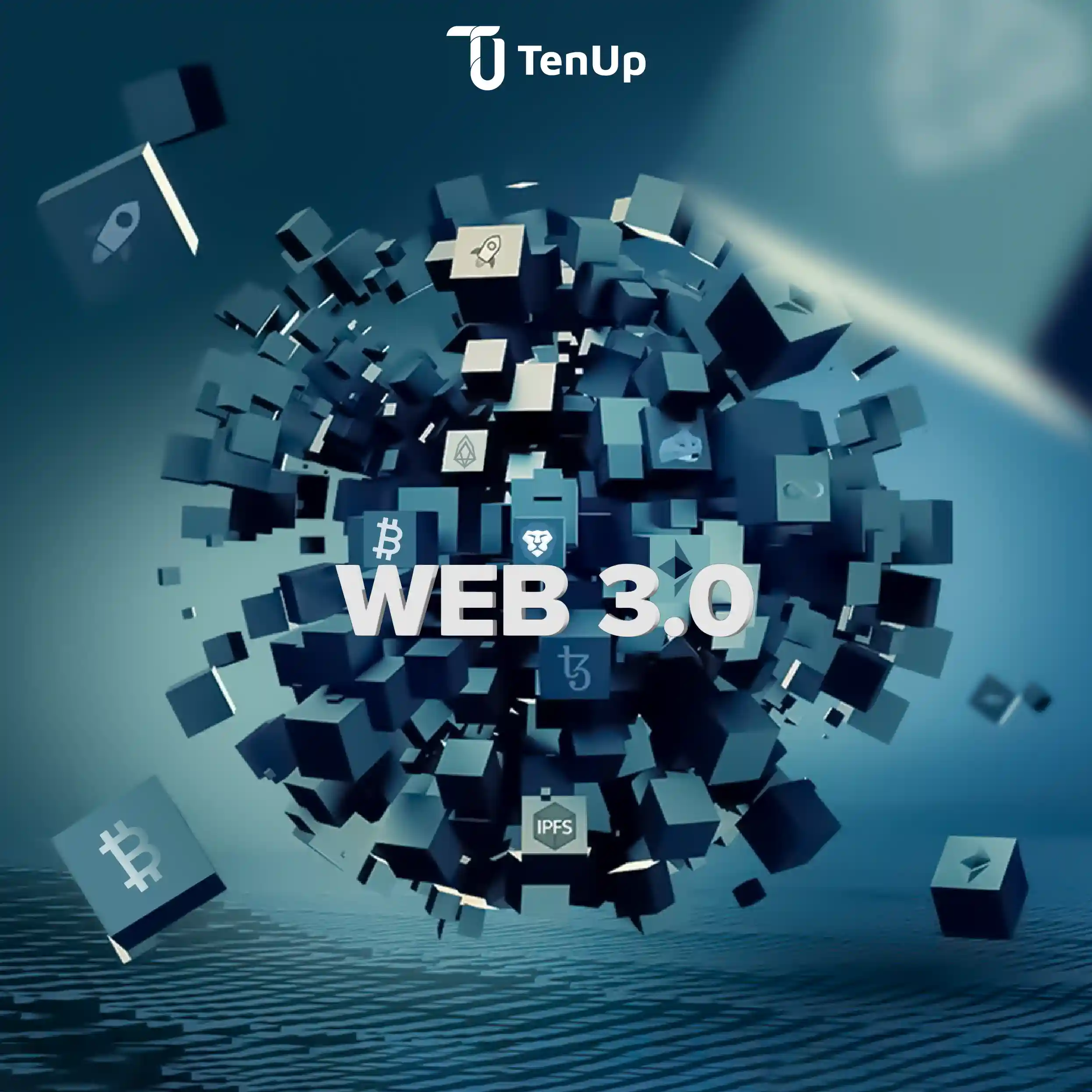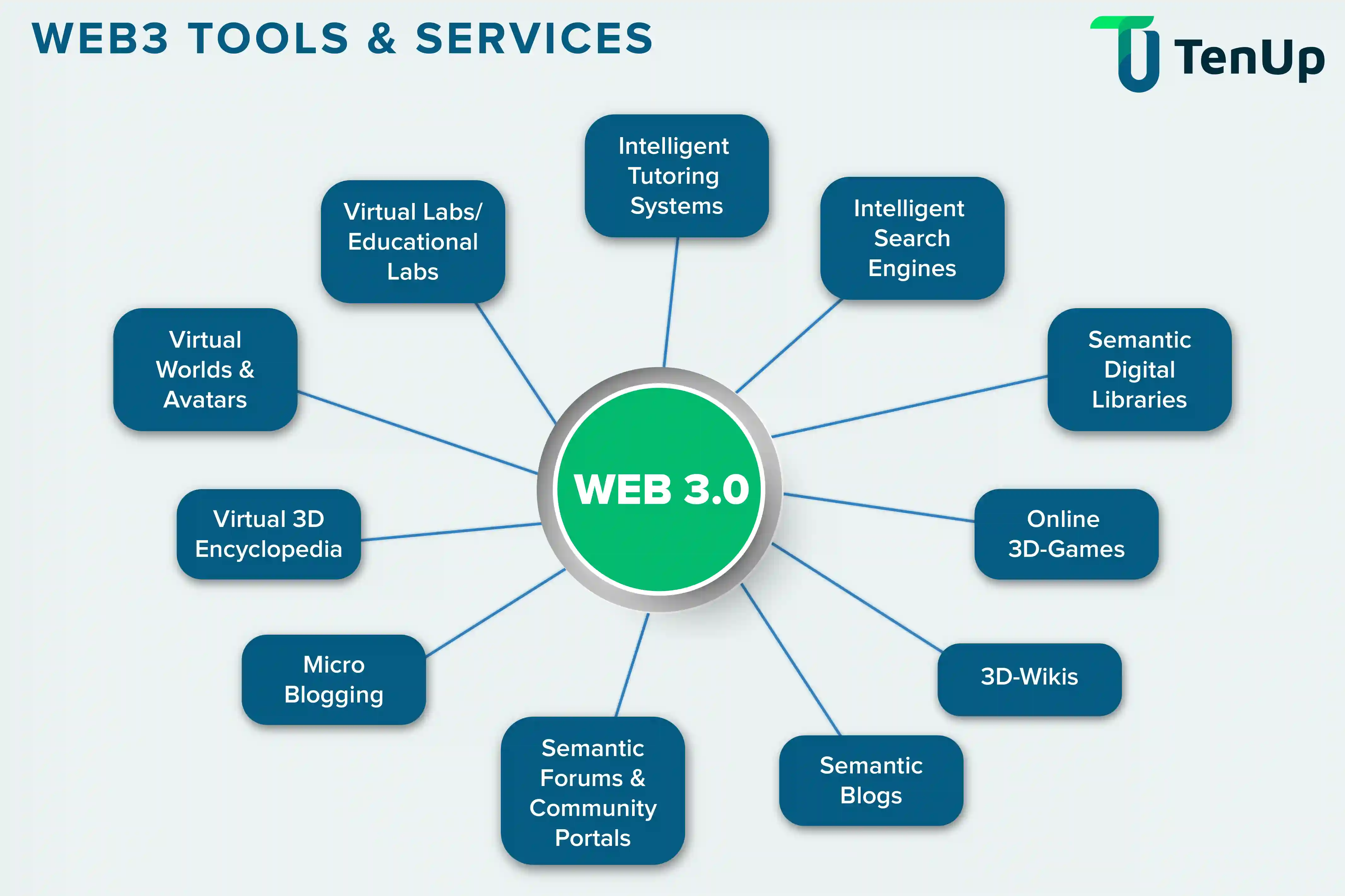#Web3#Blockchain
Why is Web3 getting so much attention? How is it related to Metaverse and blockchain? What are the use cases of Web 3? If you have been perplexed by one of the most recent buzzwords in technology, here's a guide to understanding and decoding Web3


If you have been following tech news and buzzwords, you might not be unfamiliar with the term Web 3.0. While it sounds like those nebulous concepts that everyone keeps talking about, Web 3.0 is set to revolutionise the next edition of the internet. So, what is Web 3.0 and all the hype about? To understand, let’s rewind a bit to where the era of the internet began. Web 1.0 with its decentralised, open protocols where most online activities were limited to individual static web pages was the internet in its early days. The current era of Web 2.0 is the age of centralization where the large chunk of business and communication takes place on closed platforms monopolized by The Big Four.
Web 3.0 represents the next chapter in the history of the internet, breaking the world free of monopolies and centralized access. At its most simple level, Web3 is a decentralized online ecosystem based on blockchain technology. Applications and platforms built using Web3 will not be owned by a central authority or gatekeeper. Instead, the ownership lies with users who will earn their right to do so by helping to maintain and develop these services.
The term Web3 was promoted by Gavin Wood, who was the co-founder of Ethereum. Web3 removes the need for the central authorities and gatekeepers of Web2. Will Web3 replace Web2 then?
Web3 innovations will propel the internet into new terrains and allow the creation of applications that were not previously possible. However, Web 2.0 will continue to have advantages in terms of customer service, scalability, and customer protection.
The Web3 foundation whose members include Gavin Wood, Aeron Buchanan and Reto Trinkler, lay the founding principles of Web3 quite clearly on the website.

It envisions the idea of an internet where,
Users use their own data, not corporations
Global digital transactions are secure
Online exchanges of information and value are decentralized
Why is Web3 gaining so much hype? Its attraction lies in the ability to enable peer to peer interactions without the need for intermediaries. Web3 uses a technology stack based on blockchains that allow new business and social models. Users have control over their data, content, identity and algorithms as they are shareholders and own the protocol’s tokens. Tokens and cryptocurrencies fuel the business model of Web3 which will give rise to new business opportunities.
Metaverse and Web3 are often conflated but they represent distinct yet related concepts. Metaverse is the vision of a simulated digital world where people spend their time working, socialising and engaging. Metaverse uses augmented reality (AR), virtual reality (VR), blockchain and social media to build alternate spaces for user interaction mimicking the real world. Put simply, while Web3 is about who owns and controls the future of internet, metaverse is all about how users will experience the new model of internet.
At the enterprise level, there is currently limited use for Web3 applications but there are many public uses cases. These include non-fungible tokens(NFTs), play-to-earn games, decentralized finance, and community based decentralized autonomous organizations (DAOs).
For instance,
DeFi protocols like Aave and MakerDAO allow users to lend and borrow using smart contracts that eliminate intermediaries and provide higher returns. Of course there is a risk.
These use NFTs enabling users to earn income. Such games have also given rise to non-profits that use gaming proceeds to fund scholarships for the underprivileged.
Many artists are selling their work using NFT smart contracts to ensure that they are based on terms set by themselves without losing a chunk of their income to intermediaries.
However, examples of Web3 in mainstream enterprises are few and far between and it is predicted that some of the larger organizations will be slow to adopt Web3 for fear of ceding control and governance. Nonetheless, most businesses will ultimately want to implement applications that benefit from decentralized computing and benefit from the new business opportunities that only Web3 can enable.
Some relevant and evolving value-adding protocols include:
Middleware abstraction layers: These make it easy for developers to implement portable applications
Scalability solutions: They remove much of the computing burden from the Layer 1 blockchains such as Ethereum and Bitcoin
Off-chain computing: Integrated with on-chain smart contracts, they are inherently more trustworthy.
Distributed and secure storage systems
Other technologies such as zero-knowledge proofs to protect confidential information and artificial intelligence (AI) models that can integrate NFTs with intelligence
The Web3 technology stack as per Web 3.0 foundation is distributed into multiple layers starting from metaprotocols and platform neutral language to zero/low trust interaction protocols, transient pub/sub messaging, state channels, plasma protocols, encrypted storage, heavy computation at the L2 and developer APIs, languages at L3. The final layer is that of protocol extensible user interface cradles or ‘browsers.
Polkadot is Web3 foundation’s flagship protocol, a scalable shared chain and the first protocol that offers a secure environment and cross-chain composability. Polkadot network comprises a main blockchain called the relay chain and many user-created chains known as parallel chains or parachains. The connecting layer or bridge enables value and data to be exchanged between most blockchains and can also be connected to non-blockchain databases.
While Web3 holds immense potential and promise, experts predict there is still considerable time before it becomes mainstream. It offers a new system of internet that is designed by the users, and for the users. It is important because it reduces reliance on centralized repositories, offering more personalized interactions and better search assistance powered by AI. Not surprisingly, users, developers and technical gurus are all awaiting the future of the web, which is more immersive, trustworthy and interactive.
At Tenup, we deliver cutting-edge solutions and believe that technology is just an enabler of solutions that solve real-world problems. If you are looking for a digital solutions partner that can help you accelerate your business innovation, get in touch with us.
At Tenup, we deliver cutting-edge solutions and believe that technology is just an enabler of solutions that solve real-world problems. If you are looking for a digital solutions partner that can help you accelerate your business innovation, get in touch with us.